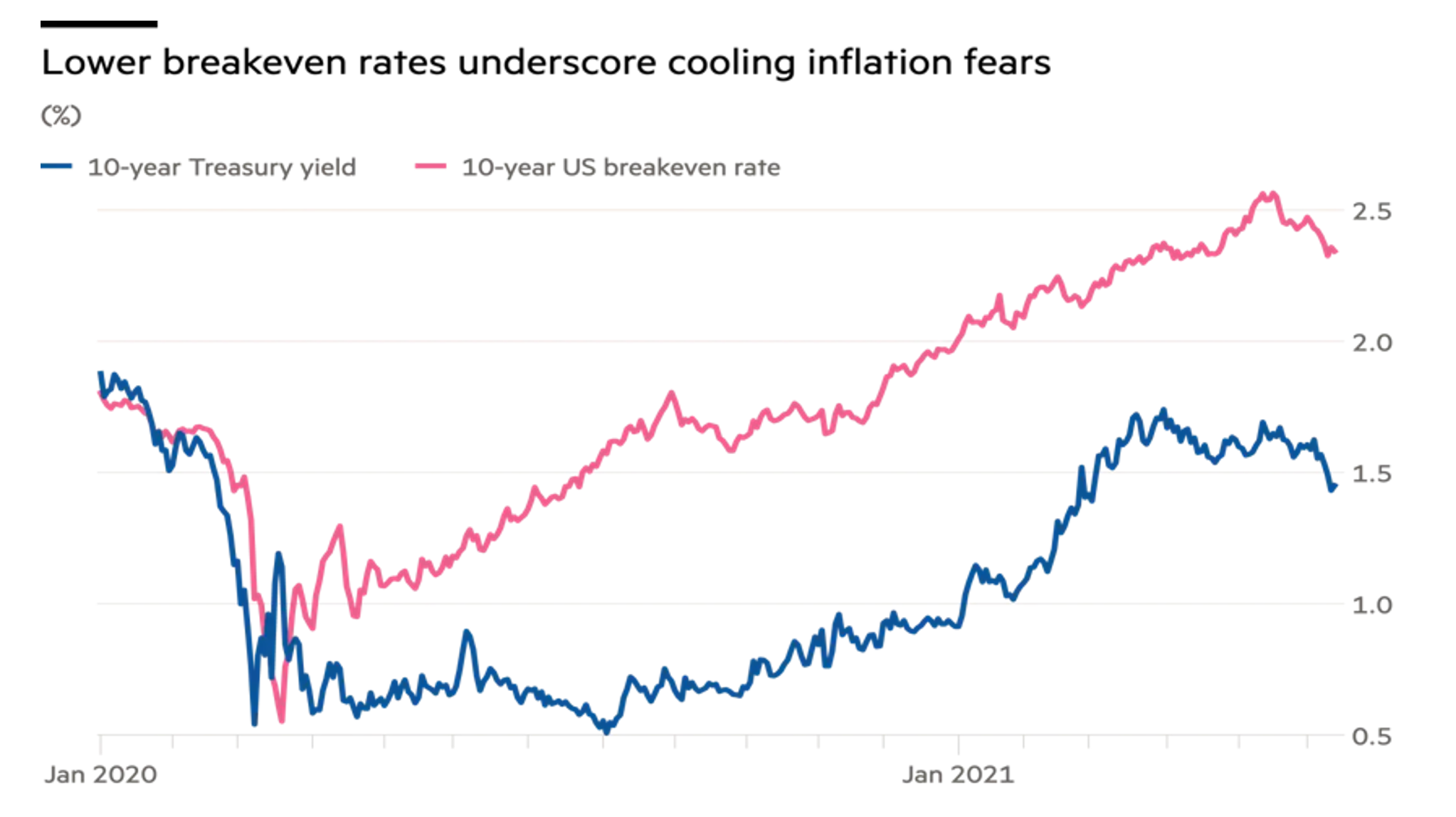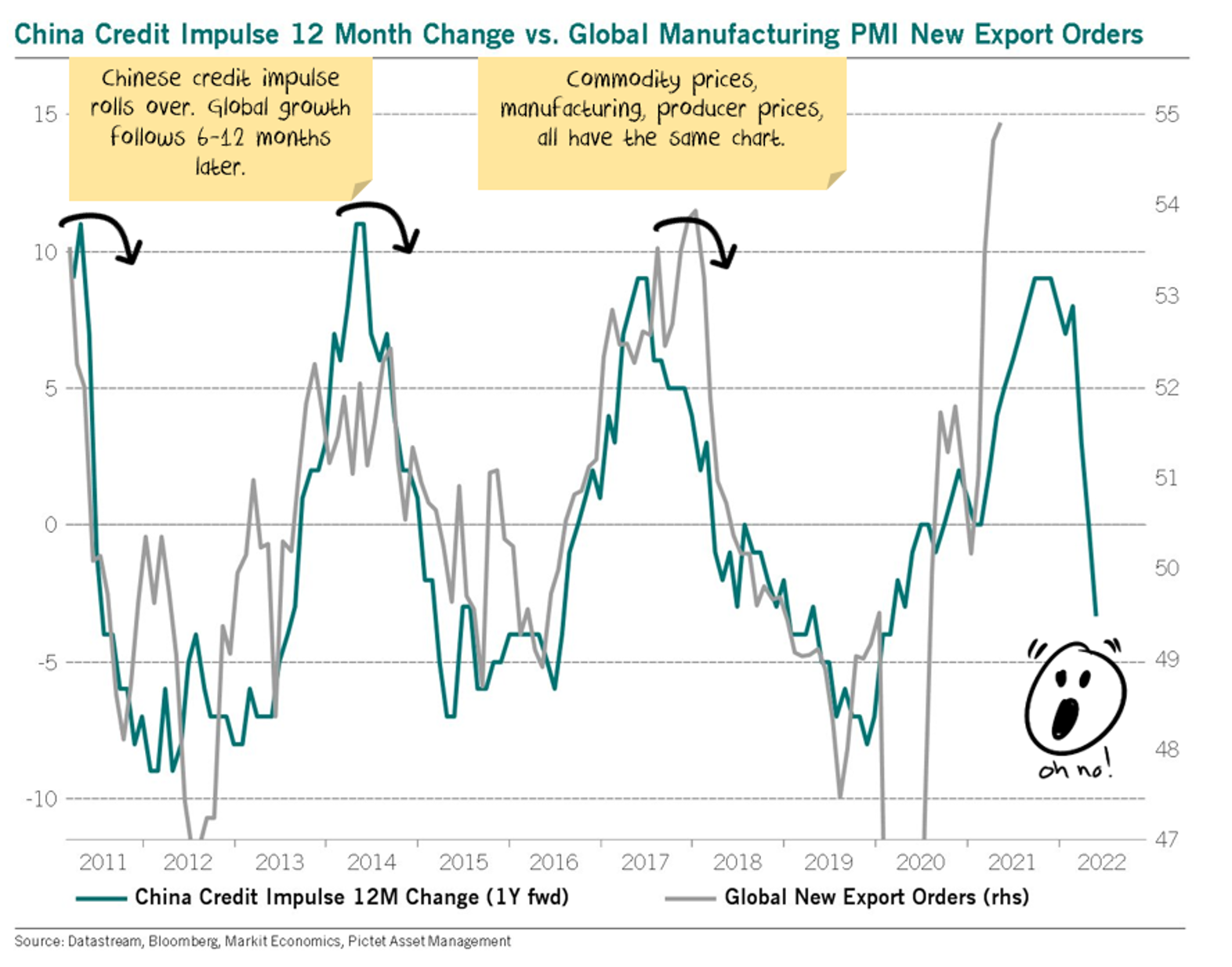The macro forces you should watch in FY22
The mother of all “unknown unknowns” (to borrow some tortured phrasing from former US Defense Secretary Donald Rumsfeld, who passed away on Friday) hit the world a little over 18 months ago. COVID cut a swathe through populations around the world, causing financial markets to shudder and economies to falter amid mass uncertainty and the lockdowns, border closures and other measures implemented to slow the pandemic’s spread.
Rumsfeld himself acquired the term from a former NASA administrator, William Graham, who defined unknown unknowns as risks that arise from situations so unexpected, they wouldn’t even be considered. The pandemic certainly fits the bill – who could’ve seen this coming? As macroeconomic events go, it was about as unpredictable as they come.
Since last February, investors have been reminded just how important macro themes are. And, fortunately, they’re not always entirely unpredictable. In the first of this three-part series, we dig deep into the macro themes our trio of contributors believe investors should watch into the second half of 2021 and beyond. In the following wire, we hear from:
- Tim Toohey, head of macro and strategy, Yarra Capital Management
- John Abernethy, chairman, Clime Investment Management
- Damien Klassen, head of investments, Nucleus Wealth
What’s on Jerome Powell’s mind?
Tim Toohey, Yarra Capital Management
This is an easy one: US inflation expectations. It’s also what the most powerful central banker on the planet, Jerome Powell, nominates as the number one thing he watches to determine the Fed’s next steps – which makes it pretty hard to go past.
It’s been a big focus for us since October 2020. This is when Powell’s deputy declared the Fed had a new way of measuring long run inflation expectations, and that from then on, the Fed would follow its suggestions.
As fate would have it, as soon as the Fed published its analysis, inflation expectations started to creep up – albeit from a woeful low.
Having set out a multi-year plan to return US inflation expectations to levels consistent with its own inflation target of 2%, the Fed remarkably exceeded this figure within just nine months. And perhaps even more remarkably, this increase was beginning to earn the coveted title of “entrenched”, having spent three months above 2% and continuing to trend higher.
US inflation expectations are important because, together with the rate of improvement in the US unemployment rate, they will determine the timing and scope of policy tightening. They, in turn, will have significant global implications for asset prices.
If inflation expectations continue rising in the coming months while the unemployment rate improvement lags, then QE tightening may well be pulled forward. For now, we expect quantitative tightening to commence in the first half of 2022. But at the same time, we expect the rhetoric to continue ramping up and to provide financial markets with some pause.
A standout policy that’s gone unnoticed
John Abernethy, Clime Capital
The chart below, which compares inflation expectations with the 10-year bond yield, is my most crucial chart.
The current cycle is unlike those that have gone before. In the past, central banks acted quickly to dampen inflationary pressures by moving interest rates higher. This time they don’t want or intend to do this. We’re also starting from a position where interest rates across the developed world are already set at negative real yields.
While I believe this cycle is very different – and for various reasons – the maintenance of negative real yields is the standout policy that needs to be more widely acknowledged by commentators. It’s right there in front of us but many are either blind to it or ignore it.
For example, in Australia today we have negative real yields (cash out to 10-year bonds). This has been the case for a few years already and the RBA intends to maintain the cash rate at negative real yield for another three years. If the RBA policy – like all other major central bank policies – is maintained, I believe economic growth will be magnified into asset price movements.
So, I watch the interaction of long term bond yields to inflation, both actual and expected. I believe that as long as negative real yields endure, both the equity and property asset classes will perform.

The #1 risk to the bull market
Damien Klassen, Nucleus Wealth
It’s tough to pick just one chart. So, I'm hedging. Inflation is definitely the biggest factor determining whether you should be looking for Growth stocks or Value stocks. Inflation is going to provide outperformance at a sector level.
But you need to know whether to be invested in equities or not. And to that end, there is a bigger tail risk on the horizon, especially for Australian stocks.
Could there be a Growth scare ahead? It is an increasing risk. We are in the grips of an inventory supercycle that will end in the next few months.
A government spending "air pocket" will arrive as the direct stimulus is removed – and infrastructure spending hasn't yet ramped up to replace it. Interest rates have edged up, dampening demand at the edges. Homebuilding incentives are being withdrawn. But the epicentre remains Chinese credit. And Chinese credit is in full retreat, as shown in the chart below:

It is the biggest risk to a government- and central bank-driven bull market.
Parting thoughts
Inflation was always likely to rate highly in the above responses, as the debate about rising bond yields rages on. While two of the three nominated US inflation expectations as their top macro theme, it was interesting to see Klassen pick China's national debt. Particularly so, given how much we've heard (before the pandemic, at least) about the world's economic axis tilting inexorably away from the west towards the east.
Not an existing Livewire subscriber?
If you're not an existing Livewire subscriber you can sign up to get free access to investment ideas and strategies from Australia's leading investors.
And you can follow my profile to stay up to date with the rest of this series as it's published. In part two, our contributors will tip which assets they expect to win (and lose) as massive stimulus unwinds; and in part three they discuss whether rising inflation is a structural or temporary shift.
2 topics
4 contributors mentioned

